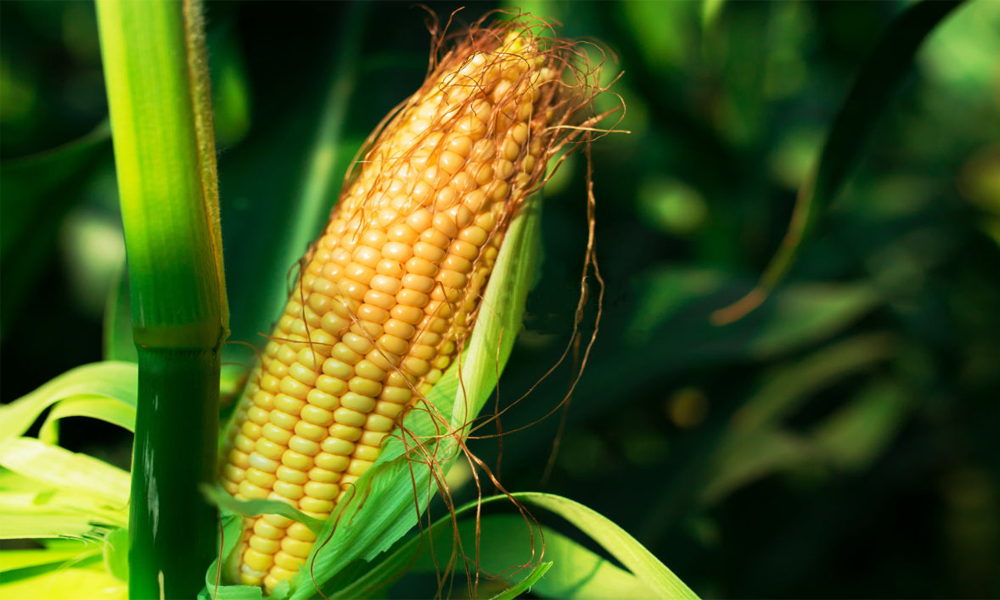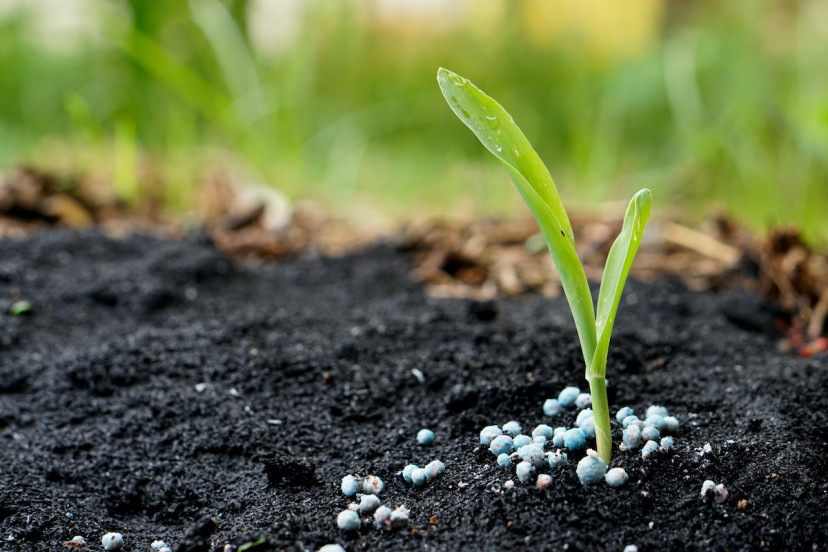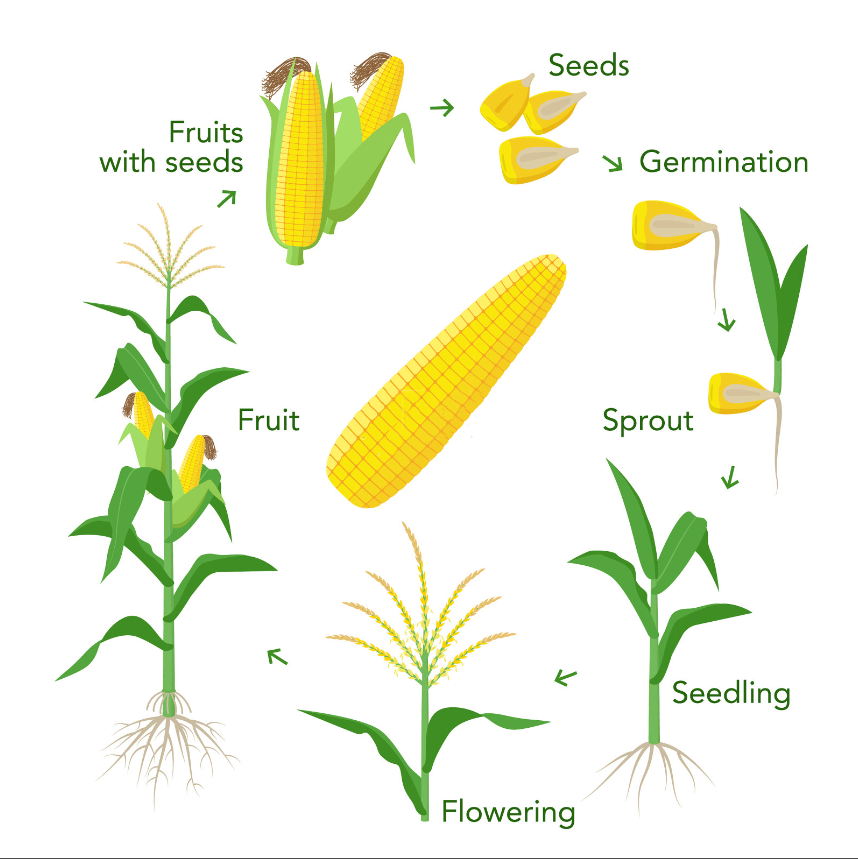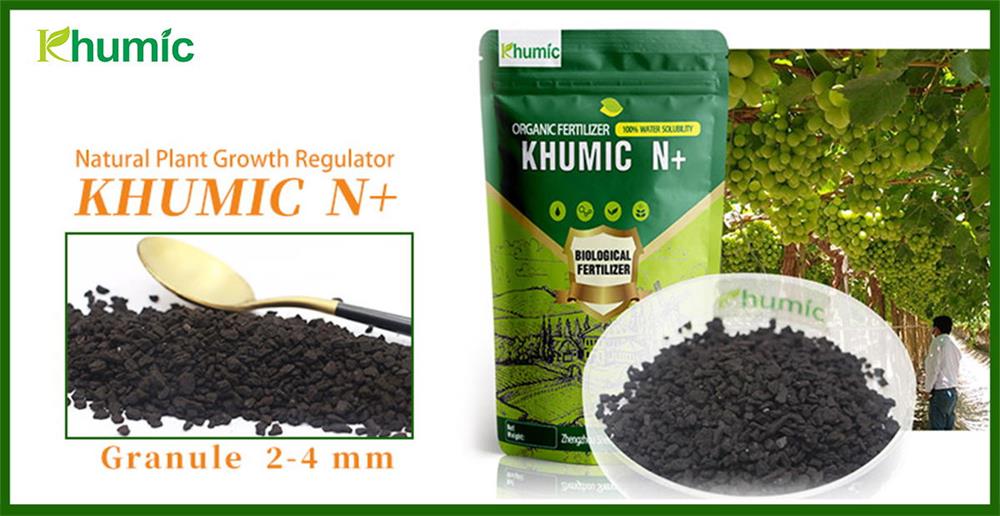Introduction
Corn is a carbohydrate-producing food crop that is essential to meet the food needs of the world’s growing population and is one of the most important food crops in the world. Corn is highly nutritious, containing about 72% starch, 10.4% protein, 4.5% fat, minerals, and non-cholesterol oils. However, the yield potential of corn in developing countries is low due to poor seed quality and unbalanced nutrient application, especially nitrogen (N). Humic acid, a natural organic compound extracted from decaying organic matter, is popular in agriculture because it can improve soil health and promote crop growth. Let’s uncover the advantages of applying humic acid fertilizer to corn.
Table of Contents
Learn about Humic Acid Fertilizers
Humic acid is a complex organic substance extracted from soil, peat, and other organic materials, Commercial humic acid mainly comes from lignite and is widely used to improve soil and crop growth (KHUMIC’s humic acid is extracted from highly active weathered lignite). Soil application of humic acid from weathered coal and lignite is often successful in increasing the yield of potatoes, wheat, lettuce, and corn.
Humic acid fertilizers play a vital role in improving soil structure, increasing nutrient supply, and stimulating soil microbial activity. These benefits ultimately promote plant growth, root development, and total crop yield.
Application of Humic Acid Fertilizer on Corn
Highly active humic acid fertilizer can promote plant absorption of phosphorus and potassium, improve fertilizer utilization, and is a natural growth regulator. For example, most corn grown on tropical acidic soils suffers a lot of yield losses due to low crop phosphorus (P) absorption rate. The use of humic acid can increase crop absorption of phosphorus because it can compete with phosphorus to bind to soil adsorption complexes.
Humic acid fertilizer can improve soil aeration, soil microbiome, and water penetration by promoting soil aggregation and reducing compaction, creating optimal growth conditions for corn roots, and promoting corn root growth.
Humic acid stimulates the plant’s natural defense mechanism, making corn crops more resistant to diseases, pests, and environmental stress. At the same time, it chelates nitrogen in the soil and releases nitrogen slowly and controlled, which can ensure the supply of nitrogen fertilizer throughout the growth period of corn. (Nitrogen (N) is one of the most important nutrients that affects multiple metabolic and biochemical activities and can improve plant development.)
The combined effect of microbial community and adequate nitrogen fertilizer application plays a vital role in chlorophyll index and aboveground and root growth, thereby increasing corn yield.

Application Method of Humic Acid Fertilizer
Soil application
Before planting corn, humic acid can be applied directly to the soil to improve soil fertility and nutrient supply throughout the growing season. Or use a corn seed and fertilizer integrated seeder to sow seeds and humic acid slow-release fertilizer into the soil at one time, realizing the matching of “good seeds + good fertilizer + good method” and improving farming efficiency.
Foliar spraying
Foliar application of humic acid can quickly provide nutrition for corn plants, especially to replenish much-needed nutrients on time during critical growth stages.



Humic Acid Fertilizer on Corn Application Time
Applying humic acid fertilizer during key growth stages such as corn planting, early vegetative growth, and reproductive growth can maximize its benefits to crop growth. The dosage may vary depending on soil conditions, crop growth stage, and fertilizer formula. Please test soil nutrition before use and consult after-sales dosage


Recommended Products
KHUMIC N+ is a new type of organic granular fertilizer made from naturally weathered lignite seedlings. It provides plants with organic matter, amino acids, peptides, humic acid, fulvic acid, and organic nitrogen. It is a plant stimulant that promotes plant growth and development. It can also condition the soil well and act as a soil conditioner. Thereby improving crop yield and quality, and can increase yield by 4.32%-12.62%.

Recommended reading: The effect of humic acid on corn growth and soil quality in South Dakota
Conclusion
According to the characteristics of corn nutritional requirements and soil nutrient status, choose a humic acid fertilizer product with a suitable formula. According to the lack of trace elements, the required trace elements can be added in a targeted manner and combined with nitrogen fertilizer or phosphorus fertilizer. From improving nutrient absorption and soil structure to enhancing plant immunity, by harnessing the power of humic acid, farmers can optimize corn production and continuously achieve higher yields.
FAQs
-
Are humic acid fertilizers suitable for organic farming practices?
Yes, humic acid fertilizers are a natural organic compound that is compatible with organic farming principles.
-
Can humic acid be used in combination with other fertilizers?
Humic acid can supplement traditional fertilizers and enhance their effectiveness when used with traditional fertilizers.
-
Can humic acid be applied through irrigation systems?
Yes, humic acid can be applied through irrigation systems. The humic acid fertilizer developed by KHUMIC is 100% water-soluble and can deliver nutrients directly to the root zone of corn crops.
